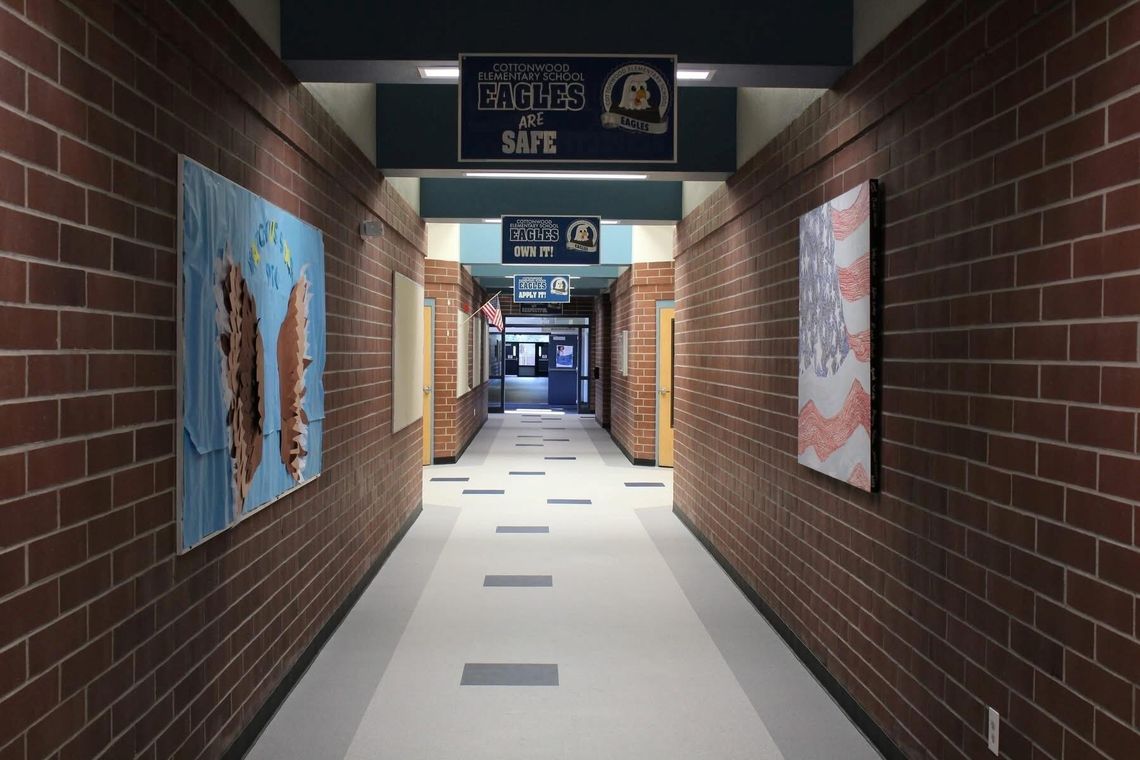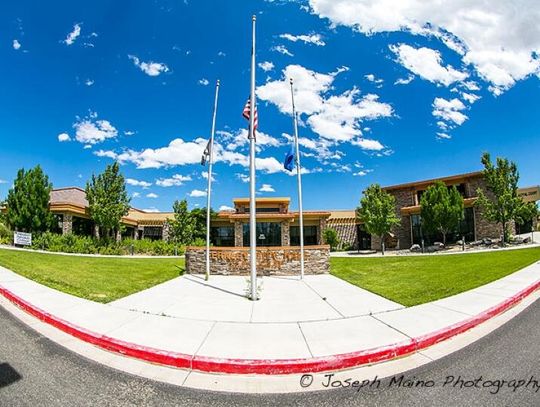None of Lyon County’s schools are projected to reach their maximum capacity within the next
three years or are in immediate need of major upgrades, but security upgrades are needed at
some campuses, according to recommendations by the consultants working with the district to
develop a 10-year Facilities Master Plan.
Scott Sowinski of Grace Design Studios, formerly Grace/Orcutt Winslow, presented the
recommendations based on the firm’s six-month studies of all of the district campuses and
facilities, analysis of enrollment projections based on expected population and growth and the
maintenance required on the district’s facilities.
“These recommendations are provided to guide the board’s future decision making,” said
Harman Bains, the district’s executive director of operations. “It’s not a requirement for the
board to proceed in this way.”
Sowinski told the District’s Board of Trustees at their July 22 meeting that the recommended
security upgrades are primarily focused on single point of entry, particularly at Dayton,
Yerington, Fernley and Silver Stage high schools and Silverland Middle School.
“(Those) are the schools that would need to have that occur so that they can be up to the
standards of the rest of the district,” Sowinski said.
As far as suitability and adequacy, Sowinski said they identified a culinary lab and classroom as
a “high value item” at Fernley High School, recommended repurposing the small gym for
additional classroom space and adding science lab and Career & Technical Education workforce
learning upgrades throughout the district.
Sowinski said the final written report to be provided to the district will have a dashboard for each
campus that shows the prioritization score, the enrollment, a Facilities Conditions Index and
trends and recommended enhancement projects. The Facilities Conditions Index (FCI) is used in
the building industry to represent the physical condition of a building.
“We will provide a document that will report all of this, and we will be engaging with the district
again in the 2027-28 school year to keep the study going,” he said.
In compiling the report, Sowinski said the Grace team analyzed each building’s maximum and
functional capacity along with the demographics, suitability and adequacy and facility
conditions.
Trustee Sherry Parsons disagreed that the small gym at Fernley High should be repurposed,
saying the gym at Silverland is not regulation length and width and the school needs all three
gyms because of the number of teams sharing gym space.
Bains said the Board can choose what it may or may not do with the recommendations.
“They’re recommending that gym may be overkill for that campus at the moment,” Bains said.
“Again, it may or may not be, but if you speak to Principal (Ryan) Cross, I assure you he’s not
going to say it’s overkill. That’s Grace Design’s opinion and this board may or may not take it.”
Trustee Darin Farr said the future of education isn’t a traditional classroom and asked how easy it
would be to redesign space into multipurpose classrooms. Sowinski said that would be
something the district would consider when it came time to make facility upgrades.
“You would look at the modern trends, like you’re saying, so make your spaces where you can
transform a classroom that’s really only good for English or something like that into something
that can then function for a lot of other multiuse spaces,” Sowinski said. “Instead of going back
and replacing it just as it is, now we can take a step back and say, “What does this campus need
from a curriculum standpoint and adjust to those modern trends.”
The report also laid out a plan for how the district could extend the useful life of all of its
buildings at a cost of $9.5 million per year, and another that could achieve an FCI of 10% by
2039 at a cost of $12.9 million per year. An FCI of 5-10% is considered fair, 10-30% is
considered poor and above 30% is considered critical. The report states that once the FCI of a
facility exceeds 65%, it may be financially imprudent to continue investing in the building.
Bains told the Trustees the district is able to bond for $10 million to $15 million per year for the
next two to three years, with a substantial sum coming available in 2027/2028.
“The majority of our district’s needs, with where our buildings sit age-wise, is in HVAC, boilers
and roofing side of things,” Bains said. “However, we’re at a point where I think if the board so
chooses to continue to fund those for the next two to three years, we will be set as a district for
decades to come and in a very good position to actually start beginning to look elsewhere.”









Comment
Comments